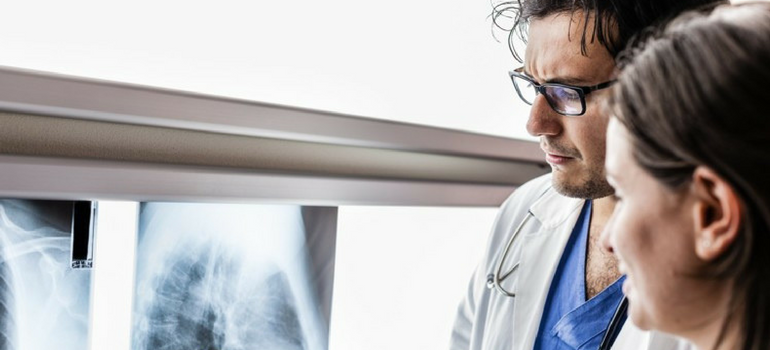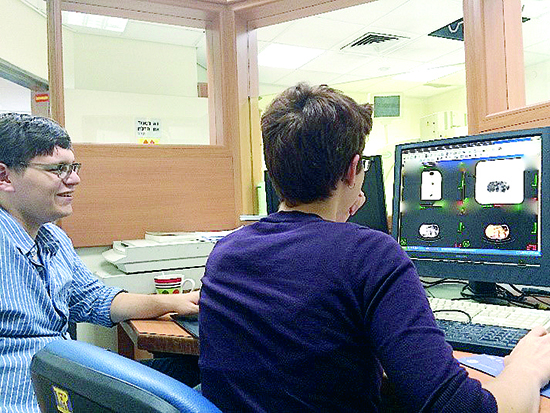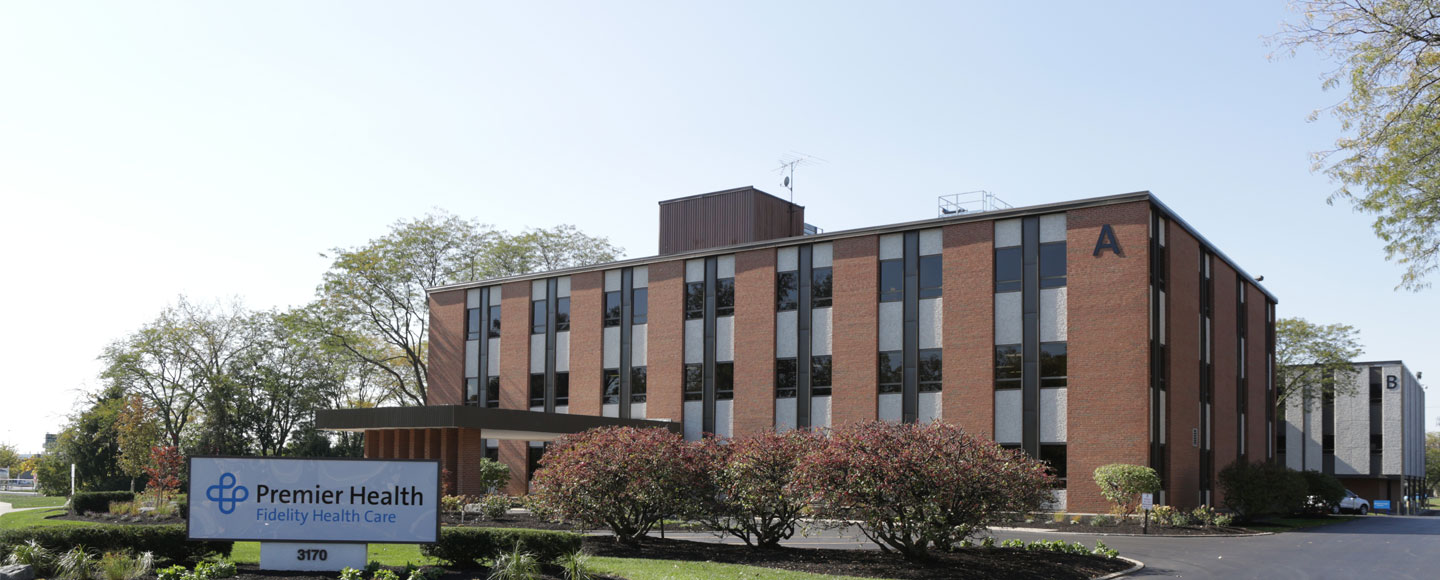For my third co-op as a biomed major at Antioch, I volunteered as a research assistant for Dr. Jeffrey Goldstein at the Sheba Medical Center in Tel HaShomer, Israel. Sheba Medical Center is the largest hospital in Israel, and one of the largest in the Middle East. Its mission is to provide excellent, comprehensive care to patients without discrimination, and to promote medical research, funding and education on national and global levels. I was focused specifically on research in the department of radiation oncology.
Radiation oncology is a subfield of oncology that focuses on the use of radiation in the treatment of cancer patients. Dr. Goldstein is a practicing physician whose research is on motion-management through the use of continuous positive airway pressure (CPAP). The intention is to improve scans and increase the effectiveness of treatments by minimizing errors that can occur from the natural movements of basic physiological functions like breathing.
CPAP has been used widely as a treatment for sleep apnea. It prevents the collapse of the airways during sleep by maintaining a continuous pressure that forces the airways open. Although Dr. Goldstein’s initial research on CPAP’s effect on lung volume has been released, there is still significant research necessary to determine CPAP’s total effect on a patient’s body during scans and treatment. Dr. Goldstein posits that using a CPAP machine will reduce breathing movement and prevent errors in scans, which will allow more accurate treatment.
At Sheba Medical Center, I worked with two other Antioch College students, Meridian Howes ‘17 and Tess Haskin ‘17—also research assistants for Dr. Goldstein’s CPAP project. We have done things like measuring the volume of the heart, as well as other research projects in the fields of radiation oncology and nuclear medicine. For example, we collected data on the internal mammary lymph nodes, which are a chain of lymph nodes that follow the sternum. Our project looked specifically at these nodes in locally advanced breast cancer patients because there is a chance that they can become cancerous due to uptake from the breasts. Using positron emission tomography—computer tomography (PET–CT) scans, we were able to examine more than a hundred patients for possible presence.
Our typical day started around 8:30 a.m. We arrived at the hospital and worked on anything left from the day before, or anything that Dr. Goldstein sent to us after hours. At around 9:30 a.m. we usually took a trip to the coffee and cake cart to indulge in caffeine and carbs—essential for any research assistant.
Dr. Goldstein was generally in around 10 a.m., which is when we debriefed him. Promptly at noon, we would ask to go to lunch, though we were sometimes delayed if there was something that we needed to do immediately. The remainder of the day was spent reviewing patients’ information, reading literature, writing and formatting the paper and visiting the coffee and cake cart. We also interacted with various people in the department, mainly so that they could check our work and translate information from Hebrew.
Overall, this has been a cool experience, and has given us the opportunity to do research that is applicable and has the potential to be published in the Red Journal, the official journal for the Society of the American Radiation Oncology. It’s the top journal in the field.






